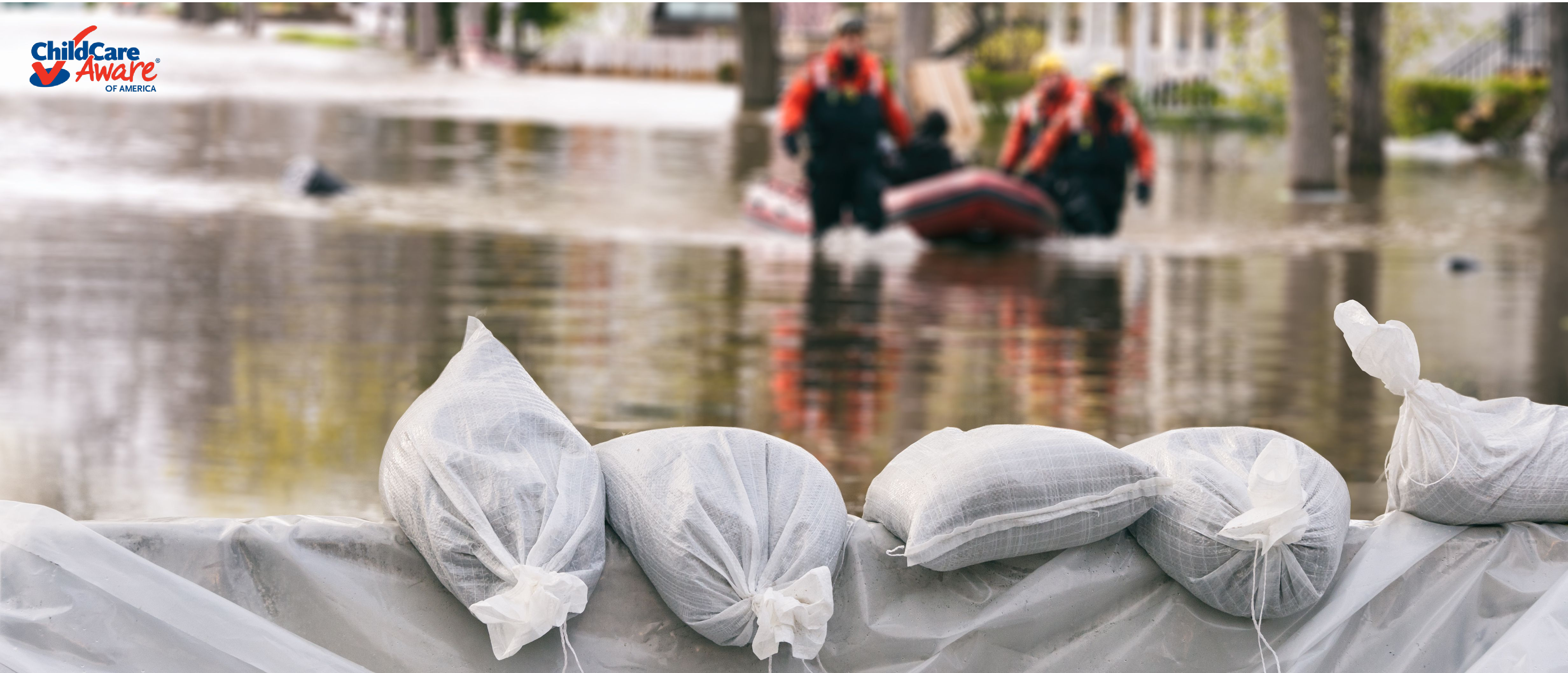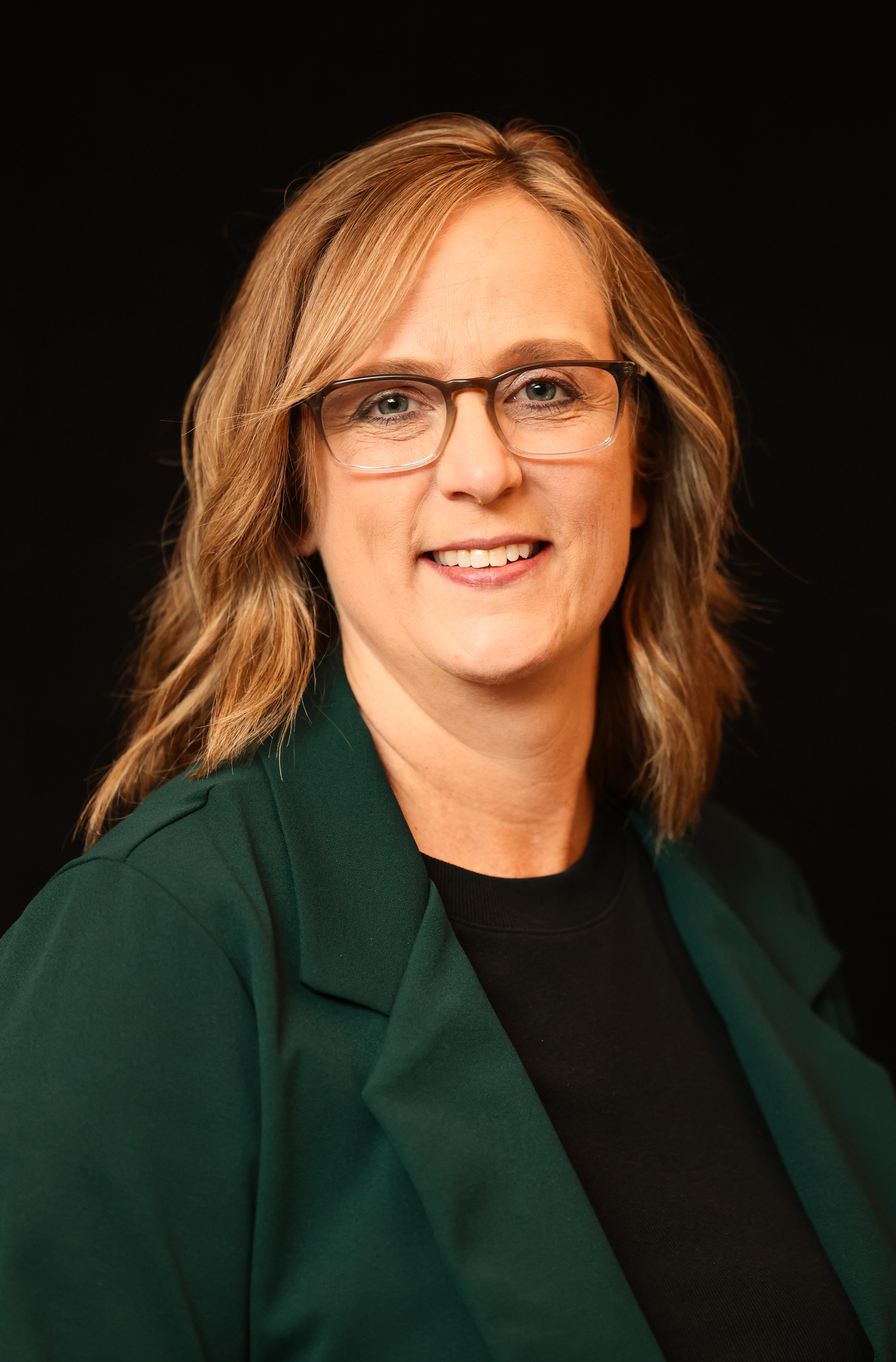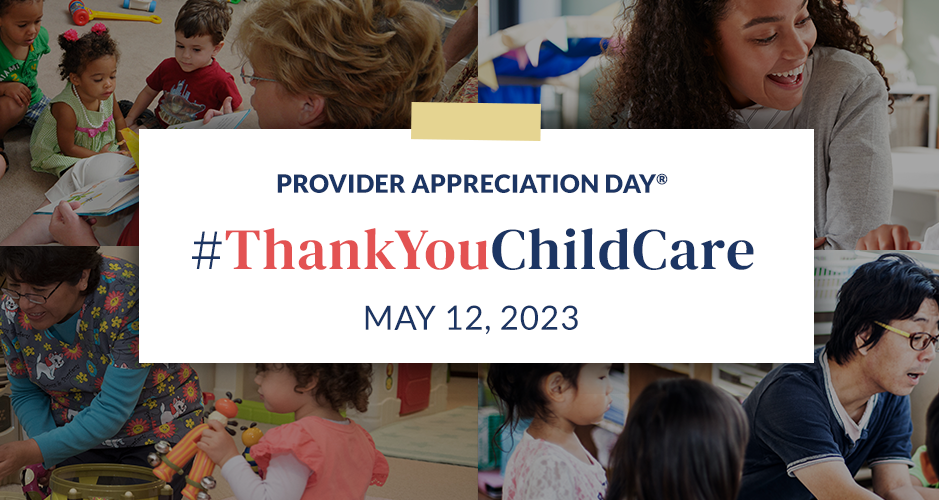
Spring flooding is a current reality in much of the Midwest and other parts of the country. While those living in the northern tier of the country may be wishing for a quick spring warm up and the disappearance of snow, extreme snow melt, which occurs when snow melts too rapidly over a short period of time, can be destructive and deadly, causing floods, landslides, and dam failures.
CCR&Rs are a trusted entity within communities and have established relationships and presence. CCR&Rs know the needs in their community best and have a wide reach to child care providers who may need resources, training, and TA related to preparedness. CCR&R staff are often the trusted source that child care providers will turn to in the event of a disaster.
By planning in advance of an emergency or disaster, you will be better able to address the needs of the child care programs, families, and community organizations.
Considerations for CCR&Rs:
Since child care is a critical infrastructure in a community, it is important for CCR&Rs to be prepared to efficiently and effectively respond to the needs of child care providers to help them stay safe and to quickly restore access to child care if flooding occurs.
- Designate roles and responsibilities for CCR&R agency staff, including a lead staff member to monitor the potential for flooding throughout your service area.
- Follow the National Weather Service to monitor the flood situation in your area.
- Track long-range flood outlooks for rivers
- Create a communication plan so staff and child care programs will know how to communicate during a disaster.
- Sign up for weather and flood related alerts through your local emergency management office.
- Review and revise, if necessary, your agency’s emergency plan. Check emergency supplies.
- Determine whether your agency is in an area likely to flood. The FEMA Flood Map Service Center (MSC) is the official public source for flood hazard information produced in support of the National Flood Insurance Program (NFIP). Use it to find your official flood map and find tools to better understand flood risk.
- Be a voice for child care at community flood planning and response meetings to ensure that the needs of the youngest children are not inadvertently overlooked. You can likely find information about coordination meetings from your local or county emergency management office or public health.
- Share your expertise with community planning teams. The data that you have related to child care locations, ages of children served in child care programs, and your ability to communicate quickly with child care providers is an asset for community planners.
- Identify child care programs that are susceptible to flooding (Ex: flood prone locations). Your community may have flood plain maps that you can review. GIS mapping of provider locations based on flood plain maps may be a helpful tool.
- Prepare potential messaging and helpful flood resources for child care providers.
- Consider how your CCR&R agency can help child care providers:
-
-
Consider family communication plans
-
Support the social/emotional needs of children during a high stress situation
-
Practice self care
-
Plan relocation strategies
-
Consider serving as an emergency back up for programs that may need to close
-
Provide emergency child care for community volunteers, if needed
14. Access the CCR&R Disaster Ready Toolkit which is specifically designed to support CCR&Rs in your efforts to be better prepared to continue vital services and operations in case of a disaster or emergency.
When CCR&Rs and child care programs are prepared for disasters, they can keep people safe, and make sure that child care is stable for children, families, and communities.
Additional Resources:
FEMA’s Spring Flooding Fact Sheet
For more information, contact CCAoA’s Emergency Preparedness, Response, and Recovery team at preparedness@usa.childcareaware.org.





